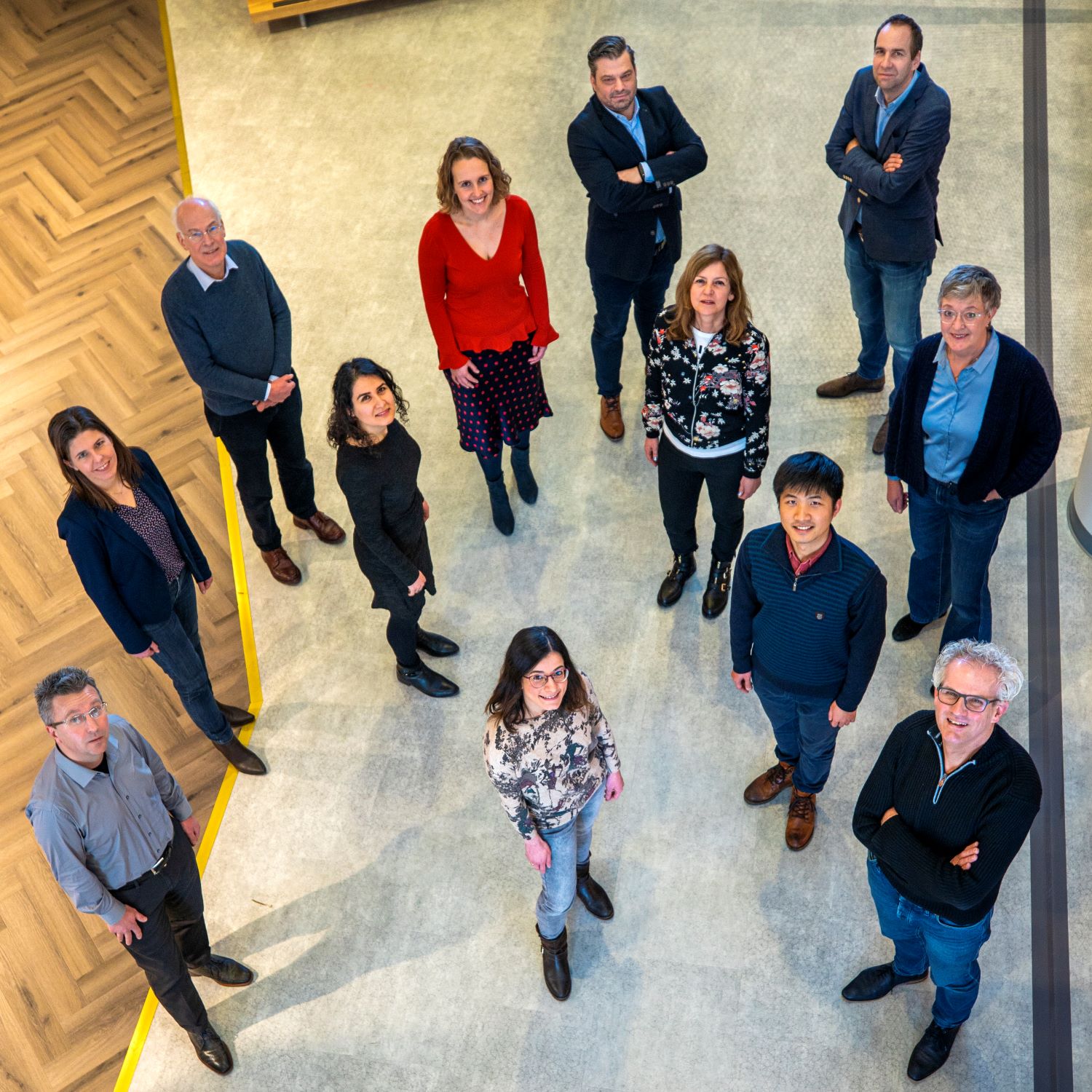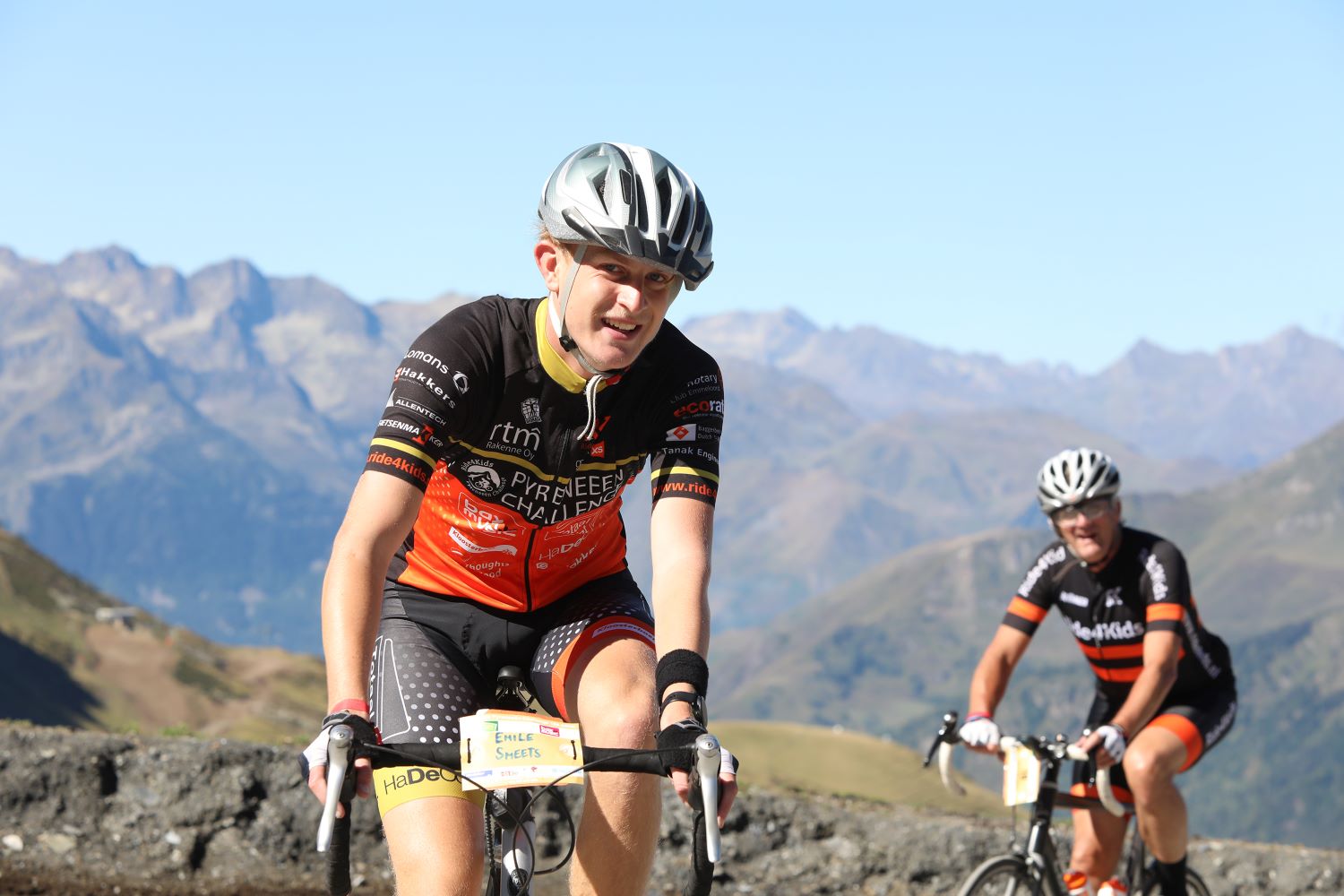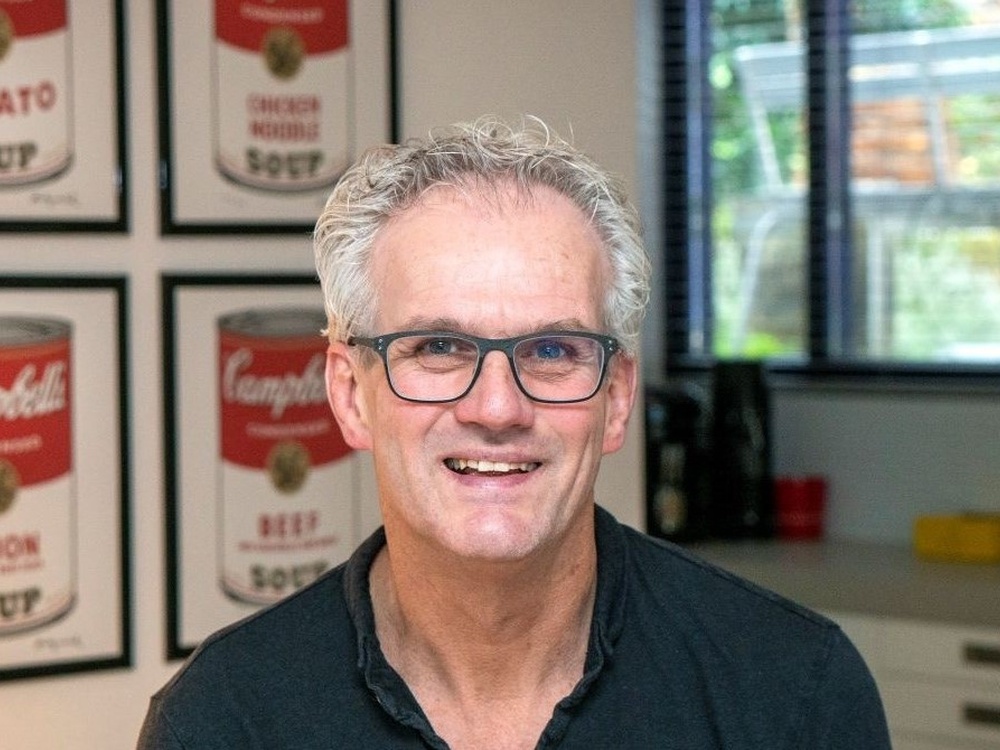Bert first met Alison, The Lily Foundation’s Head of Research, at a scientific congress back in 2009, and he’s been working closely with the charity for the last 7 years. A biologist by training, he became interested in genetics at an early age, spurred on by his high school biology teacher who, in Bert’s own words, taught his class “nothing we needed for exams but everything he liked”. That passion rubbed off on Bert, who came to specialise in molecular biology and genetics after completing his PhD.
His first job was in human genetics, working on a muscular disease called myotonic dystrophy, before going into DNA diagnostics and research. He eventually moved into healthcare and became head of a diagnostics group in Maastricht, making great strides in research but having very little contact with patients. And by that stage, genetics had become more of a data science, so Bert decided to go back to his roots as a biology researcher, with a special interest in mitochondrial disorders. That’s when he entered the field of stem cell research.
What is a stem cell?
Hold tight for the science bit! Stem cells are like the body’s raw materials, the cells from which every human tissue is derived. Under the right conditions, either in our bodies or in a laboratory, they divide to form more cells, cells which become new stem cells or specialised cells in organs like our brain and heart, responsible for cell renewal and damage repair.
If you were to injure your leg, stem cells would be mobilised to make your leg muscle function again. Stem cells work to repair damaged tissue, and it’s possible to cultivate them outside of the body for this purpose, but you need huge numbers. And the more specialised stem cells are, the less well you can process them in this way. With the heart or brain, for example, the cells are much more specialised so it’s more difficult to use this approach. But muscle cells are ideal.
And that’s where Bert and his team believe there’s an opportunity, especially because muscle problems are highly prominent amongst mitochondrial patients. Bert’s group are using stem cells from the blood vessels in muscle which can be cultured in their billions – more than enough to treat someone. The cells are injected into the bloodstream where they travel to the muscle and, if there’s muscle damage, target it for repair.
Through their research, they discovered that although a patient might have high amounts of mutated mitochondrial DNA in their muscle, sometimes as much as 60, 70 or even 80%, they might still have stem cells that are mutation free. “We don’t know why this is,” says Bert, “but it gives us the opportunity to test this therapy with a patient’s own cells without having to manipulate them.”

Bert and his research team at Maastricht University © Harry Heutz
Bert hopes that reintroducing a patient’s own stem cells via the bloodstream in this way could lead to the formation of new, healthy muscle and reduce the mutation load in the existing muscle fibres, which could improve muscle function and potentially lead to an exciting new treatment option.
And he suggests that if it works, this therapy could also be applied to other illnesses in the future. If there’s an effective mechanism for reintroducing healthy stem cells, it could potentially be used to repair a variety of damaged tissues caused by a number of different diseases. “Not that we’re trying to cure everything at this stage,” he acknowledges, “but it helps with getting funding if you can perform the same trick for multiple diseases – these technologies are time-consuming and expensive to develop.”
Bert’s cautiously optimistic about the long-term prospects of mitochondrial research – he believes there will be a cure for mito at some point in the future, and he hopes his research will in some way contribute to this goal. Whilst he’s working on stem cell therapy research, others are making progress in areas such as correcting disease mutations, and all of these different strategies are highly complementary. For him it’s about a combination of approaches. “The community I work in is pretty open in collaborating,” he adds, “so any success would be a shared one.”
The importance of the patient voice
As a researcher, Bert appreciates the benefit of patient organisations like our charity for several reasons. “They’re great when it comes to sharing ideas and opportunities, and for funding – they can very quickly help you if you have a gap in your funding that needs to be filled.” But it’s the work The Lily Foundation have done to promote the patient voice that resonates with him the most.
When Bert started his career, the connection with patients was very limited – essentially all he and his colleagues saw from them were blood and muscle samples. Too often in the past he witnessed clinicians develop treatments for patients without consulting them, the result being a treatment for a symptom that wasn’t really an issue.
It was a real eye-opener for me that if you don’t listen to patients, you won’t know what they’re really suffering from”
“It was a real eye-opener for me that if you don’t listen to patients, you won’t know what they’re really suffering from,” he reasons. “In the last few years, that interaction between researchers and patients has developed. We have much more contact with each other. And that contact is fruitful for both sides.”
“I want younger researchers to experience this much earlier too. To get that motivation when they see a patient’s face and hear the story behind that face, or experience the determination of a parent to do something, whether for a living child or in memory of one now sadly lost. These are the researchers of the future – it helps to keep them focused on your disease.” It's clear that the future for rare disease research is not just about samples in labs but about people with names and faces and families.
A dedication to rare disease research
“This last part of my career I want to spend finding a treatment for mitochondrial patients,” Bert continues. “It’s really that interaction with patients that became my driving force. Strange that’s happened so late in my career, but you’re never too old to learn, and that experience has been very valuable.”

Bert and his son, Emile, on the Col du Tourmalet in the Pyrenees
And his passion for those families affected by rare diseases isn’t just confined to the lab. Later in September he and his son will be riding with a group of cyclists on a 3-day charity challenge in the Pyrenees, raising money for children affected by mitochondrial disorders. On the final day the group will pass a monument on the top of the Col du Tourmalet at 2115m, and Bert has very kindly offered to leave a stone decorated with a Lily butterfly at the memorial to represent all the little ones lost to mito in our community. We wish Bert and his fellow cyclists the best of luck for this adventure.
Bert’s research is being supported with contributions from Interreg Euregio Meuse-Rhine (the GYM project – Generate Your Muscle). The trial is taking place in the Netherlands but is open to eligible UK patients who are willing to travel (costs will be covered). If you suffer from mito and are interested in discovering more about the trial, find out what is involved.

